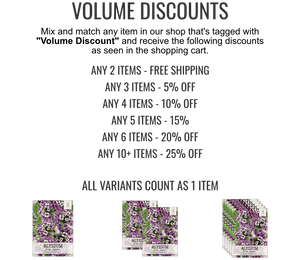Waltham Butternut Squash originated in Waltham, Massachusetts, in the 1940s at the Waltham Field Station where it was developed for its superior qualities over other winter squashes. Named for its place of origin, this squash variety has become renowned for its sweet, nutty flavor and fine texture, making it a staple in both home gardens and commercial farming due to its versatility in culinary uses. Its development aimed at enhancing disease resistance, yield, and flavor, making Waltham Butternut a favorite for everything from soups to pies.
The differences between winter squash and summer squash lie primarily in their harvesting time, texture, and culinary use. Winter squash, like the Waltham Butternut, is harvested when fully mature, with a hard rind that allows for long storage, often lasting months. These squashes typically have a denser, sweeter flesh due to their longer growing season. Conversely, summer squash, which includes varieties like zucchini and yellow squash, are harvested when immature, young, and tender, with a thinner skin that doesn't require peeling before cooking. They are used fresh, often within days of picking, and have a higher water content with a milder flavor, making them ideal for quick-cooking methods like sautéing or grilling. While winter squash is prized for its storage life and rich, sweet flavor, summer squash is celebrated for its fresh taste and versatility in quick dishes.










